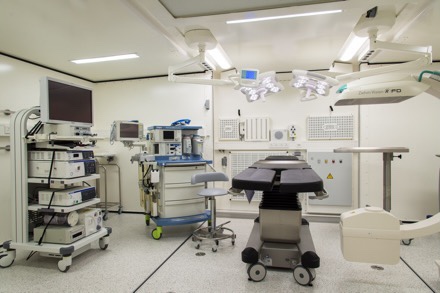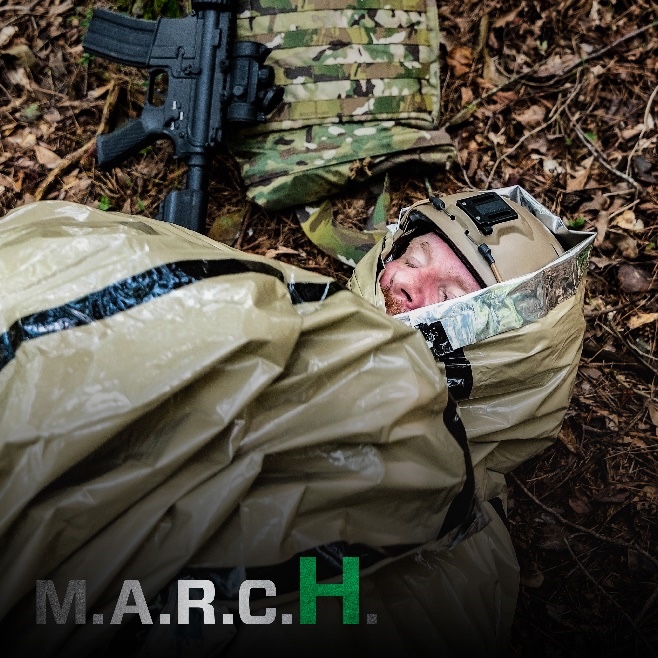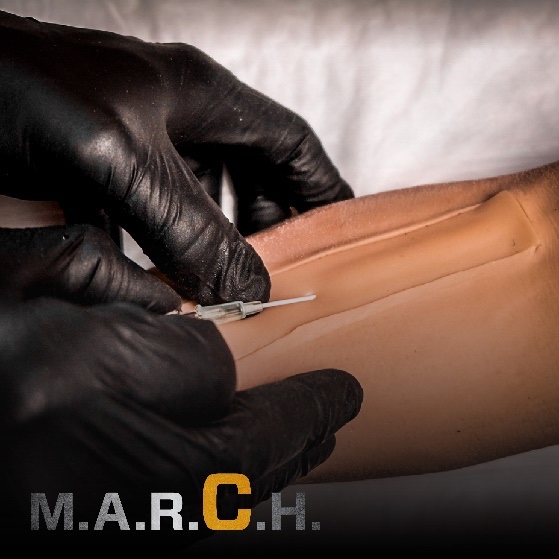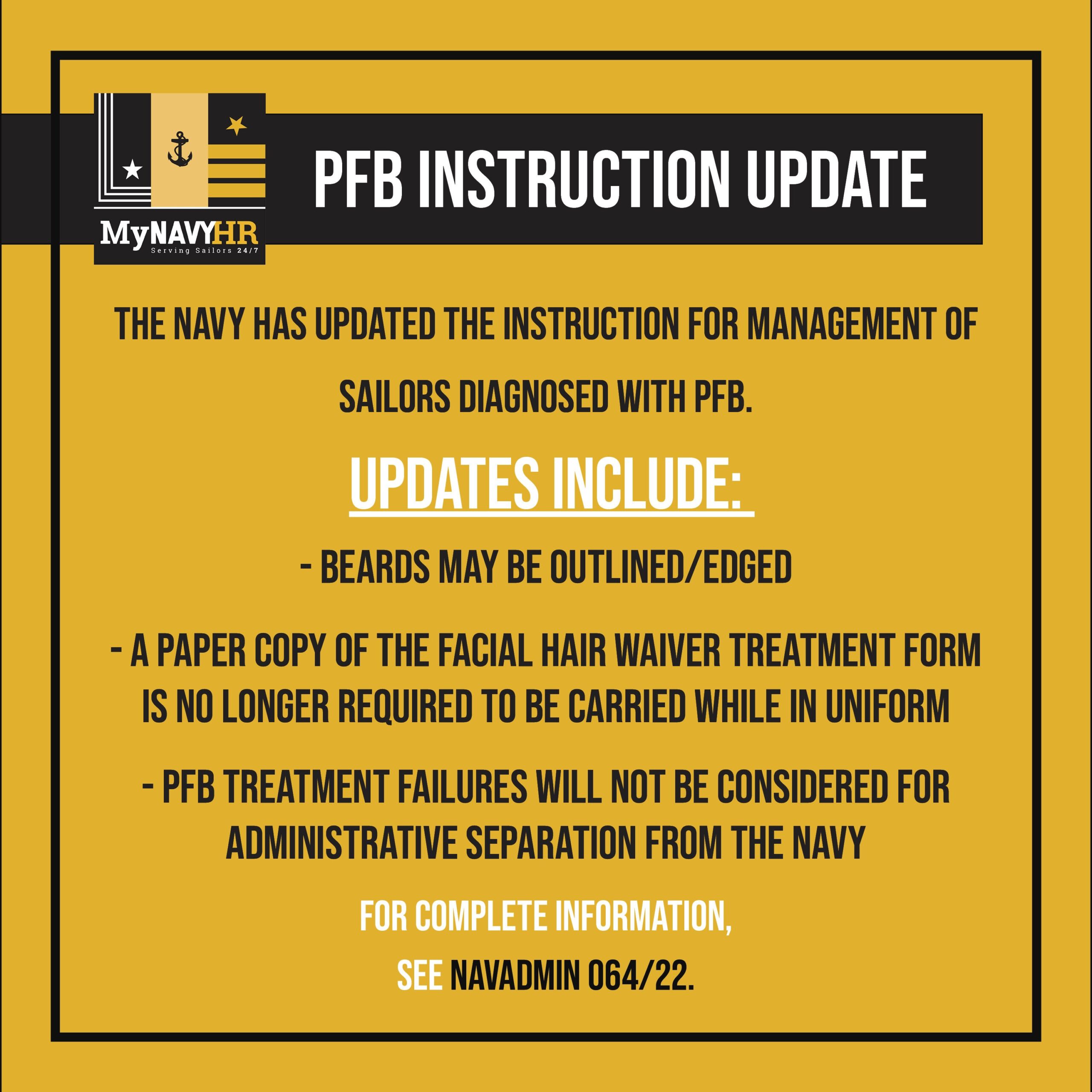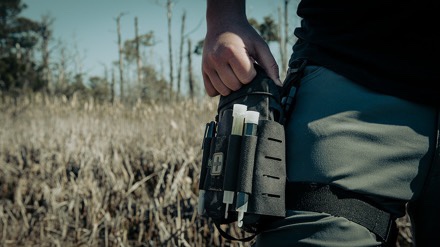
The MARCH algorithm is laid out differently from Advanced Trauma Life Support (ATLS) which used Airway, Breathing, and Circulation (ABC’s) as the order of treatment. MARCH stands for Massive Hemorrhage, Airway, Respiration, Circulation, Hypothermia/Head injury. Respiration consists of penetrating thoracic trauma.
When it comes to penetrating thoracic trauma, it is important to systematically check the entire torso for wounds, from the umbilicus to the clavicle, including the axillae and any folds of skin. Medics often use a raking motion in opposite or off angle directions to assist in identifying difficult to see or smaller wounds.
An open chest wound, sometimes referred to as a “sucking chest wound”, will trap air in the chest, creating a pneumothorax. If too much air builds up, it will create enough pressure to become a tension pneumothorax, which can lead to decreased function in the non-injured lung and heart and could lead to death.
According to the Committee on Tactical Combat Casualty Care, assessing and treating tension pneumothorax should progress as follows:
Suspect a tension pneumothorax and treat when a casualty has significant torso trauma or primary blast injury and one or more of the following:
• Severe or progressive respiratory distress
• Severe or progressive tachypnea
• Absent or markedly decreased breath sounds on one side of the chest
• Hemoglobin oxygen saturation < 90% on pulse oximetry
• Shock
• Traumatic cardiac arrest without obviously fatal wounds
If not treated promptly, tension pneumothorax may progress from respiratory distress to shock and traumatic cardiac arrest.
All open and/or sucking chest wounds should be treated by immediately applying a vented chest seal to cover the defect. If a vented chest seal is not available, use a non-vented chest seal. If you must use a non-vented chest seal, then you must be vigilant in continued patient assessment, as air from the damaged lung may continue to build up inside the chest. For the layperson, this means “burping” the dressing to release air. For providers, this means needle decompression, finger thoracotomy, or tube thoracostomy.
Initial treatment of suspected tension pneumothorax:
• If the casualty has a chest seal in place, burp or remove the chest seal.
• Establish pulse oximetry monitoring.
o All individuals with moderate/severe TBI should be monitored with pulse oximetry. Readings may be misleading in the settings of shock or marked hypothermia.
• Place the casualty in the supine or recovery position unless he or she is conscious and needs to sit up to help keep the airway clear as a result of maxillofacial trauma.
• Decompress the chest on the side of the injury with a 14-gauge or a 10-gauge, 3.25-inch needle/catheter unit.
• If a casualty has significant torso trauma or primary blast injury and is in traumatic cardiac arrest (no pulse, no respirations, no response to painful stimuli, no other signs of life), decompress both sides of the chest before discontinuing treatment.
o Either the 5th intercostal space (ICS) in the anterior axillary line (AAL) or the 2nd ICS in the mid-clavicular line (MCL) may be used for needle decompression (NDC.) If the anterior (MCL) site is used, do not insert the needle medial to the nipple line.
o The needle/catheter unit should be inserted at an angle perpendicular to the chest wall and just over the top of the lower rib at the insertion site. Insert the needle/catheter unit all the way to the hub and hold it in place for 5-10 seconds to allow decompression to occur.
o After the NDC has been performed, remove the needle and leave the catheter in place.
The NDC should be considered successful if:
• Respiratory distress improves, OR
• There is an obvious hissing sound as air escapes from the chest when NDC is performed (this may be difficult to appreciate in high-noise environments), OR
• Hemoglobin oxygen saturation increases to 90% or greater (note that this may take several minutes and may not happen at altitude), OR
• A casualty with no vital signs has return of consciousness and/or ` radial pulse.
If the initial NDC fails to improve the casualty’s signs/symptoms from the suspected tension pneumothorax:
• Perform a second NDC on the same side of the chest at whichever of the two recommended sites was not previously used. Use a new needle/catheter unit for the second attempt.
• Consider, based on the mechanism of injury and physical findings, whether decompression of the opposite side of the chest may be needed.
• Continue to re-assess!
If the initial NDC was successful, but symptoms later recur:
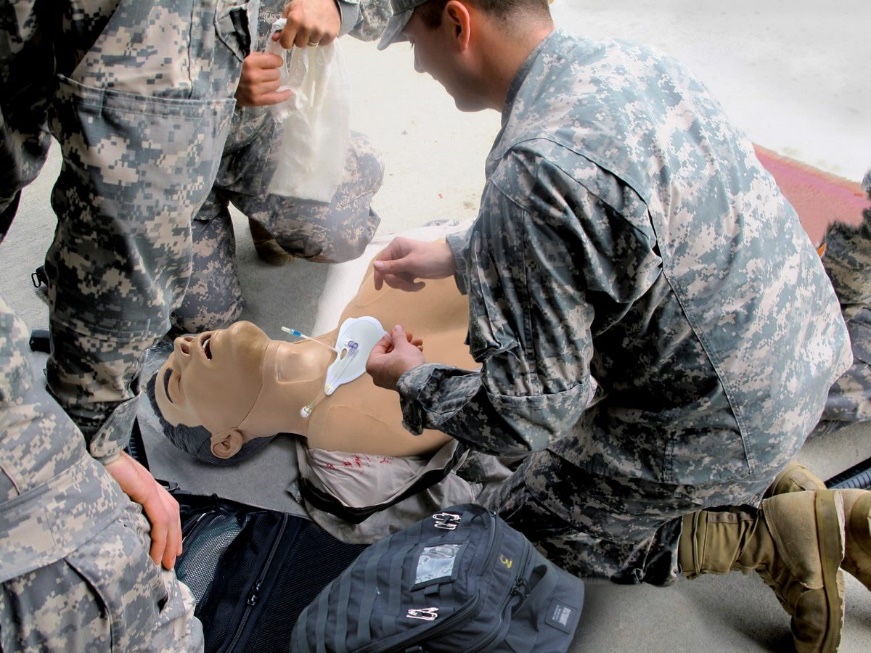
Perform another NDC at the same site that was used previously. Use a new needle/catheter unit for the repeat NDC.
• Continue to re-assess!
If the second NDC is also not successful:
• Continue on to the Circulation section of the TCCC Guidelines.
These recommendations are from the TCCC Guidelines which can be found at: www.deployedmedicine.com/content/40
Tools to Aid in Respiration
TacMed™ Solutions offers a variety of products built to help with this respiratory emergencies including HALO™ Chest Seals, TPAKS for Needle Decompression, a Standard and Complete Chest Tube Kit, a Basic Chest Wound Kit and more. To stock your kit with essential tools, check out TacMed™ Solutions at tacmedsolutions.com/collections/m-a-r-c-h-tccc/respiratory.


